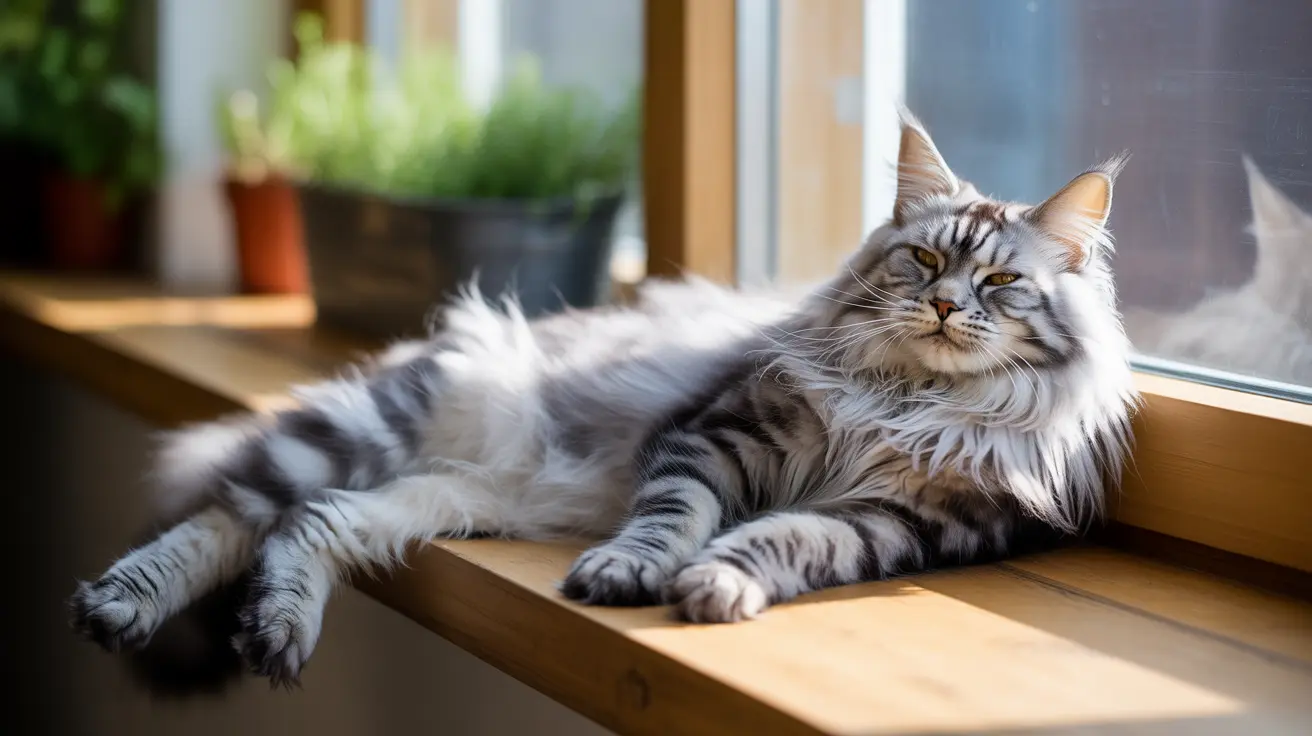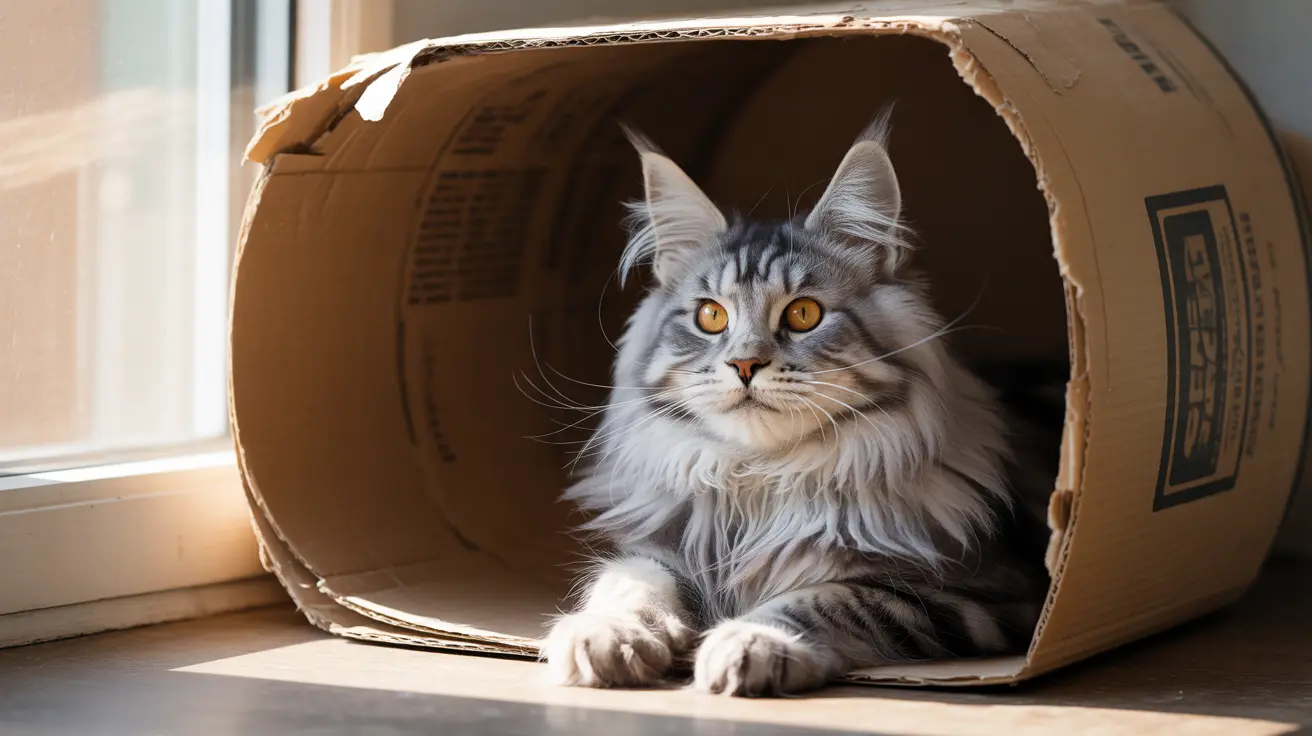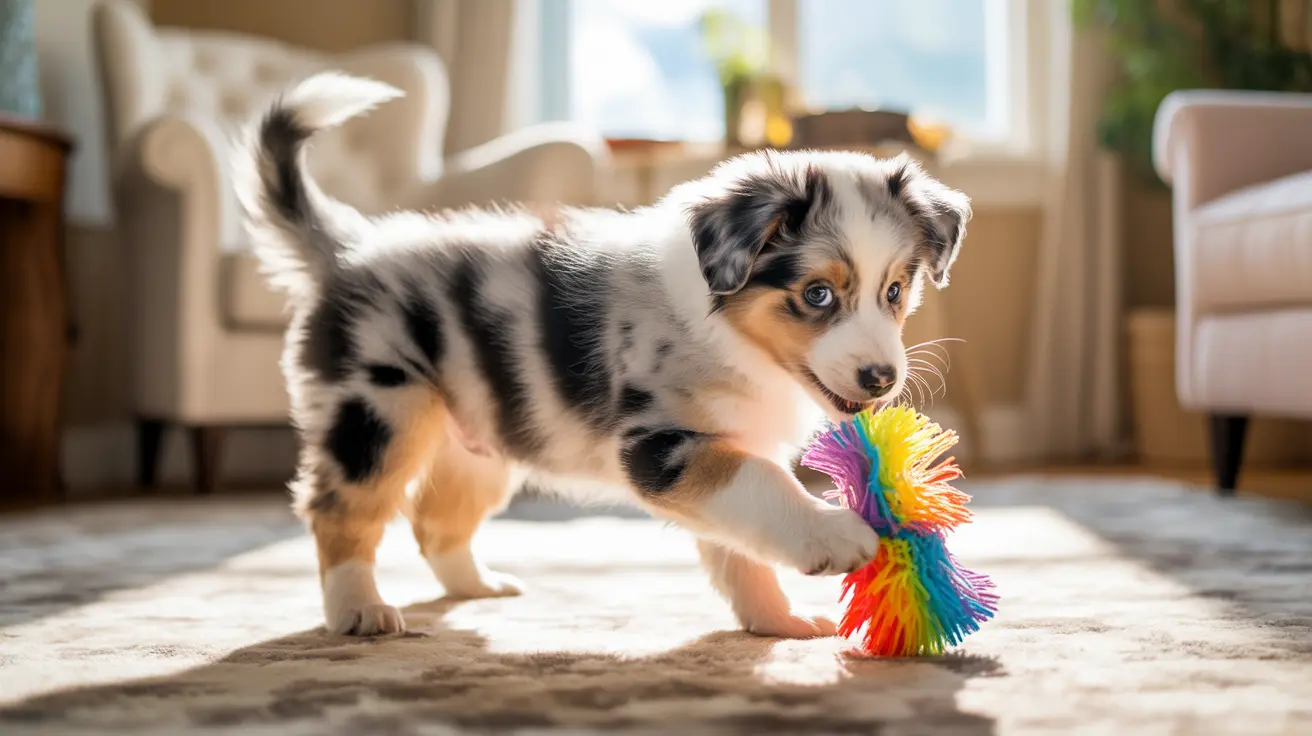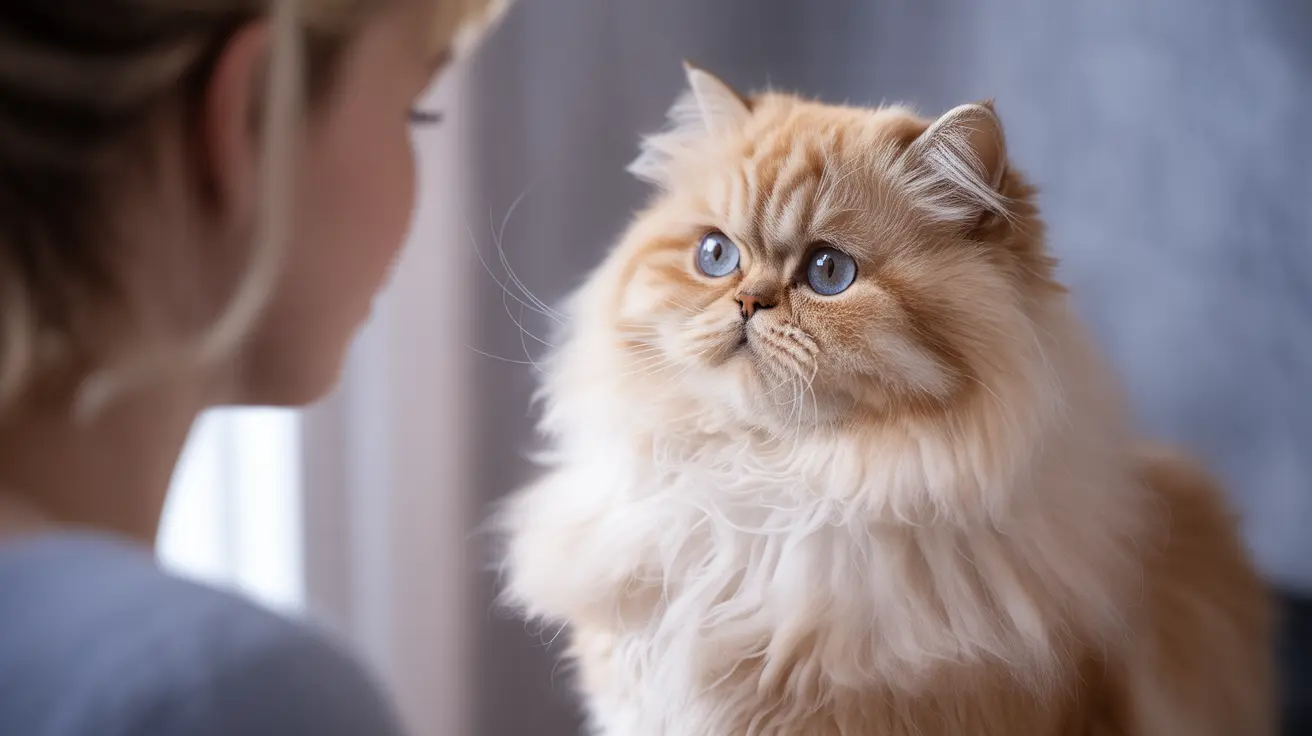The Ultimate Guide to Tabby Cats Facts: Understanding Their Genetics, Patterns, and Cultural Significance
Tabby cats are among the most recognizable and beloved felines in the world, distinguished by their stunning coat patterns that range from bold stripes to intricate swirls and delicate spots. These distinctive markings, controlled by fascinating genetic mechanisms, have captivated humans for centuries and continue to make tabby cats one of the most popular coat patterns in domestic cats today. Whether you're a seasoned cat enthusiast or considering adopting your first feline companion, understanding the rich history, diverse patterns, and unique characteristics of tabby cats opens a window into the remarkable world of feline genetics and cultural significance.
The term "tabby" itself carries an intriguing etymology that traces back to medieval Baghdad, where the Attabiya district was renowned for its production of striped silk cloth. This Arabic influence eventually made its way to England, where "tabby" became the standard term for describing cats with similar striped patterns by the 1690s. Today, tabby cats facts reveal that these patterns are not merely decorative—they represent a direct genetic link to the domestic cat's wild ancestors and serve as a testament to thousands of years of feline evolution and human companionship.
The Fascinating Genetics Behind Tabby Cat Patterns
The genetics of tabby cats involve a complex interplay of two primary gene loci that determine the expression and type of tabby patterns. The agouti gene locus controls whether the tabby pattern is expressed at all, while the tabby locus contains specific alleles that determine whether a cat displays mackerel, classic, or ticked patterns. Understanding these genetic mechanisms helps explain why tabby cats are so common and how their distinctive markings are passed from generation to generation.
At the agouti gene locus, the dominant allele allows for tabby pattern expression, while the recessive allele produces solid-colored coats. This is why tabby patterns are so prevalent in domestic cat populations—the dominant nature of the tabby-expressing allele means that cats only need one copy of the gene to display these distinctive markings. The tabby locus itself contains multiple alleles, with the mackerel allele being dominant over the classic pattern, and the ticked allele being dominant over both mackerel and classic patterns, effectively masking other underlying patterns.
The spotted tabby pattern represents a unique variation created by a modifier gene that breaks up the continuous stripes of the mackerel pattern into distinct spots. This genetic modification explains why some cats display what appears to be a completely different pattern type, when in reality, it's a modified version of the basic mackerel tabby. Breeders can influence these traits through selective breeding, particularly in breeds like the Bengal, Egyptian Mau, and Ocicat, where specific tabby variations are highly prized.
The Four Distinct Tabby Patterns and Their Unique Characteristics
Tabby cats facts reveal four primary pattern types, each with distinctive markings and genetic foundations. The mackerel tabby, also known as the striped tabby, features thin vertical stripes that gently curve along the cat's sides. These stripes can be continuous or broken into bars and short segments, particularly on the flanks and stomach. Mackerel tabbies earn their nickname "fishbone tabbies" from their resemblance to the bone structure of mackerel fish, and this pattern represents the most common tabby variation found in domestic cats worldwide.
The classic tabby, or blotched tabby, presents a dramatically different appearance with thick, curving bands that form whorls or swirled patterns on the body. These cats display a distinctive bullseye mark on each side, along with a light-colored "butterfly" pattern on their shoulders and three thin stripes running along their spine. The gene responsible for the classic pattern is recessive, making it less common than the mackerel pattern, though it's frequently seen in American Shorthair cats and creates some of the most visually striking tabby appearances.
Spotted and Ticked Variations
Spotted tabbies result from the modifier gene that transforms the mackerel pattern's continuous stripes into spots of varying sizes. This pattern is particularly prominent in breeds such as the Australian Mist, Bengal, Serengeti, Savannah, Egyptian Mau, Arabian Mau, Maine Coon, and Ocicat. The spots can range from small, delicate markings to large, bold patterns that closely resemble those found in wild cats, making spotted tabbies especially appealing to cat enthusiasts who admire the wild appearance.
The ticked tabby pattern creates perhaps the most subtle variation, featuring even fields of agouti hairs where each individual hair displays distinct color bands. This creates a salt-and-pepper appearance with minimal visible stripes or bands on the body. Ticked tabbies often retain the characteristic M marking on their forehead and may show residual ghost striping on their lower legs, face, belly, and tail tip, along with a long dark line running down their spine.
The Iconic "M" Marking and Cultural Legends
One of the most recognizable tabby cats facts involves the distinctive M-shaped marking that appears on virtually every tabby cat's forehead. This marking has inspired numerous legends and cultural stories across different traditions, though its scientific origin remains tied to the same genetic factors that control other tabby patterns. The M marking appears consistently across all tabby pattern types, from mackerel to classic to spotted variations, making it a universal identifier for cats carrying tabby genes.
In Christian tradition, one legend suggests that the Virgin Mary marked the letter "M" on the forehead of a tabby cat that comforted the baby Jesus in the manger. Muslim traditions offer their own explanation, attributing the marking to the Prophet Muhammad, who supposedly blessed cats for their loyalty and usefulness. While these cultural stories add richness to our relationship with tabby cats, the scientific reality is that the M marking results from the same genetic mechanisms that create other tabby patterns, representing a concentration of the darker pigmentation that characterizes tabby markings.
Special Color Variations: Orange Tabbies and Patched Patterns
Orange tabbies, also called red or ginger tabbies, represent a fascinating color variant that demonstrates the complexity of feline genetics. These cats display their distinctive coloring due to the presence of pheomelanin rather than eumelanin, resulting in the characteristic orange and white coloration with varying ratios of orange spots or stripes to white areas. The white areas typically appear on the underbelly, paws, chest, and muzzle, while the face markings resemble either mackerel or classic tabby patterns with often asymmetrical white spots.
A particularly interesting aspect of orange tabby genetics is that approximately 75% of ginger cats are male. This occurs because the orange coloration is linked to the X chromosome, meaning that female cats need two copies of the orange allele to display the ginger coloration, while males need only one. This sex-linked inheritance pattern explains the gender distribution and contributes to the special appeal of female orange tabbies among cat enthusiasts.
Patched tabbies represent another fascinating variation that combines traditional tabby patterns with calico or tortoiseshell markings. These cats, known as "caliby" when combined with calico patterns or "torbie" when mixed with tortoiseshell, occur in female cats that carry the orange allele on one X chromosome and the black allele on the other. This genetic combination creates stunning mixed patterns that showcase the complexity and beauty of feline coat genetics.
Tabby Cats in Ancient History and Cultural Significance
Historical evidence suggests that tabby cats played crucial roles in ancient civilizations, particularly in Egypt where they were highly valued as protectors of grain stores from rodents. Ancient Egyptian art frequently depicts cats with striped patterns, indicating that tabby markings were not only present but celebrated in these early human-cat relationships. The practical value of cats in protecting stored food made them indispensable to agricultural societies, and their distinctive tabby patterns may have made them easier to identify and track.
The tabby pattern's connection to wild ancestors becomes particularly significant when examining the coats of the African wildcat (Felis lybica lybica), European wildcat (Felis silvestris), and Asiatic wildcat (Felis lybica ornata). All of these species display similar tabby-like patterns that serve important camouflage functions in their natural habitats. This evolutionary advantage explains why the tabby pattern has remained so prevalent in domestic cat populations—it represents an inherited trait that provided survival benefits in wild environments.
Modern Fame: Tabby Cats in Media and Popular Culture
Tabby cats have achieved remarkable fame in modern media and popular culture, demonstrating their enduring appeal and cultural impact. Perhaps no tabby cat is more famous than Garfield, the lasagna-loving orange tabby who has entertained audiences for decades through comic strips, television shows, and movies. This fictional character has helped shape public perception of tabby cats, particularly orange tabbies, as friendly, food-loving, and slightly mischievous companions.
Real tabby cats have also achieved celebrity status in the digital age. Cats like Maru, a popular internet sensation known for his love of boxes, and Nala, one of the most followed cats on social media platforms, have demonstrated the powerful appeal of tabby cats in modern culture. These "catfluencers" have not only entertained millions of followers but have also played important roles in promoting cat adoption and animal welfare awareness.
Historical tabby celebrities include Morris the Cat, the advertising mascot for 9Lives cat food, and Orangey, an award-winning cat actor who appeared in multiple films and television shows. The "Ithaca Kitty," one of the first mass-produced stuffed animals in the United States, was inspired by a tabby cat and became a beloved children's toy in the early 20th century, helping to cement the tabby pattern's place in American popular culture.
Understanding Tabby Cat Behavior and Personality Traits
While tabby cats facts often focus on their distinctive appearance, understanding their behavioral characteristics is equally important for prospective cat owners. Research indicates that temperament in tabby cats varies widely and is influenced by multiple factors beyond coat pattern. Studies examining the relationship between coat color and behavior show only minor differences in aggression levels between different coat colors, with variations often linked more closely to the cat's sex than to their specific tabby pattern.
Individual personality traits in tabby cats depend on a complex combination of genetics, early socialization, breed characteristics, and environmental factors. Many cat enthusiasts report that tabby cats tend to be outgoing and friendly, but these observations should be considered alongside the understanding that each cat is unique regardless of coat pattern. Proper socialization during kittenhood, consistent training, and appropriate environmental enrichment play much larger roles in determining adult personality than coat color or pattern.
Health Considerations and Care Requirements for Tabby Cats
Tabby cats require standard care similar to all domestic cats, including regular grooming, appropriate exercise, and consistent veterinary check-ups. Their health profiles depend largely on their specific breed affiliation rather than their tabby pattern, as the coat pattern itself does not predispose cats to specific health conditions. However, understanding the breeds that commonly express tabby markings can help owners anticipate potential health considerations.
Common health problems in tabby cats mirror those found in the general cat population and may include diabetes, kidney disease, heart disease, and hyperthyroidism, particularly in older cats. Regular veterinary monitoring becomes especially important as tabby cats age, with annual or bi-annual check-ups helping to catch and address health issues early. Proper nutrition, mental and physical enrichment, and maintaining an appropriate weight contribute significantly to the overall health and longevity of tabby cats.
Grooming requirements for tabby cats vary depending on their coat length and texture rather than their pattern. Short-haired tabbies typically require weekly brushing to reduce shedding and maintain coat health, while long-haired tabbies may need daily grooming to prevent matting. The distinctive patterns of tabby cats can actually make it easier for owners to notice changes in coat condition or skin health, as variations in the pattern or texture become more apparent against the contrasting markings.
Frequently Asked Questions
What makes a cat a tabby cat?
A tabby cat is defined by its distinctive coat pattern featuring an M-shaped marking on the forehead, along with stripes, dots, lines, flecks, bands, or swirls on the body including the neck, shoulders, sides, flanks, and chest. The pattern is controlled by specific genes and represents an inherited trait rather than a breed classification.
Are tabby cats more common in certain breeds?
Tabby patterns appear across many breeds and are particularly common in American Shorthairs (classic tabby), Maine Coons (various patterns), and mixed-breed cats. However, tabby is a coat pattern rather than a breed, so it can occur in virtually any breed that doesn't have breed standards specifically excluding tabby markings.
Why are most orange tabby cats male?
Approximately 75% of orange tabby cats are male because the orange coloration is linked to the X chromosome. Male cats only need one copy of the orange allele to display ginger coloration, while female cats need two copies, making orange females less common.
Do tabby cats have different personalities than other cats?
Research shows that coat pattern has minimal influence on cat personality. While some studies indicate minor differences in aggression levels between coat colors, these variations are more closely linked to the cat's sex than coat pattern. Individual personality depends primarily on genetics, early socialization, and environmental factors.
What is the most common tabby pattern?
The mackerel tabby pattern, featuring thin vertical stripes that curve along the cat's sides, is the most common tabby pattern. This pattern is also called the "striped" tabby and is genetically dominant over the classic blotched pattern.
Can tabby patterns change as cats age?
Tabby patterns themselves don't change significantly as cats mature, but the intensity and contrast of the markings may become more or less pronounced. Kittens sometimes display more obvious patterns that may appear to fade slightly as their adult coat develops, while some cats may show enhanced pattern definition with age.
Are there health problems specific to tabby cats?
Tabby cats don't have health problems specific to their coat pattern. Their health considerations depend on their breed background and individual genetics rather than their tabby markings. They require the same preventive care and health monitoring as other domestic cats.
Conclusion
Tabby cats represent one of the most fascinating examples of how genetics, evolution, and human culture intersect in the domestic animal world. From their ancient origins as valued protectors of grain stores to their modern status as beloved internet celebrities, tabby cats have maintained their special place in human society through their distinctive beauty and engaging personalities. Understanding tabby cats facts—from the complex genetics that create their stunning patterns to the cultural legends that celebrate their iconic M marking—enriches our appreciation for these remarkable animals and helps us make informed decisions as cat owners and enthusiasts.
Whether you're drawn to the bold stripes of a mackerel tabby, the elegant swirls of a classic pattern, the wild appearance of spotted variations, or the subtle beauty of ticked markings, tabby cats offer something special for every feline lover. Their widespread presence across breeds and populations, combined with their individual personalities and care requirements, makes them accessible and rewarding companions for cat enthusiasts at every level of experience. By understanding and celebrating the rich heritage and unique characteristics of tabby cats, we honor both their wild ancestry and their enduring partnership with humans throughout history.






